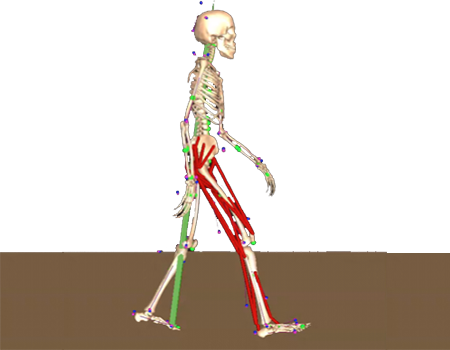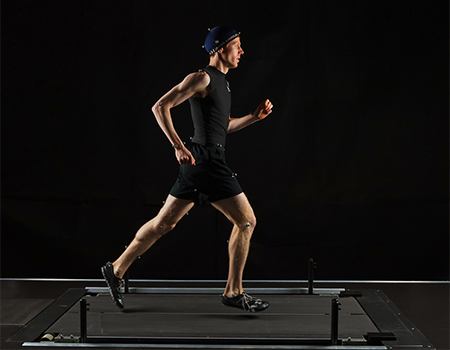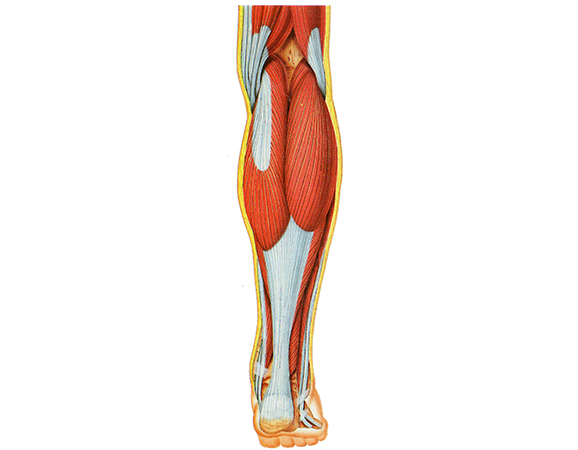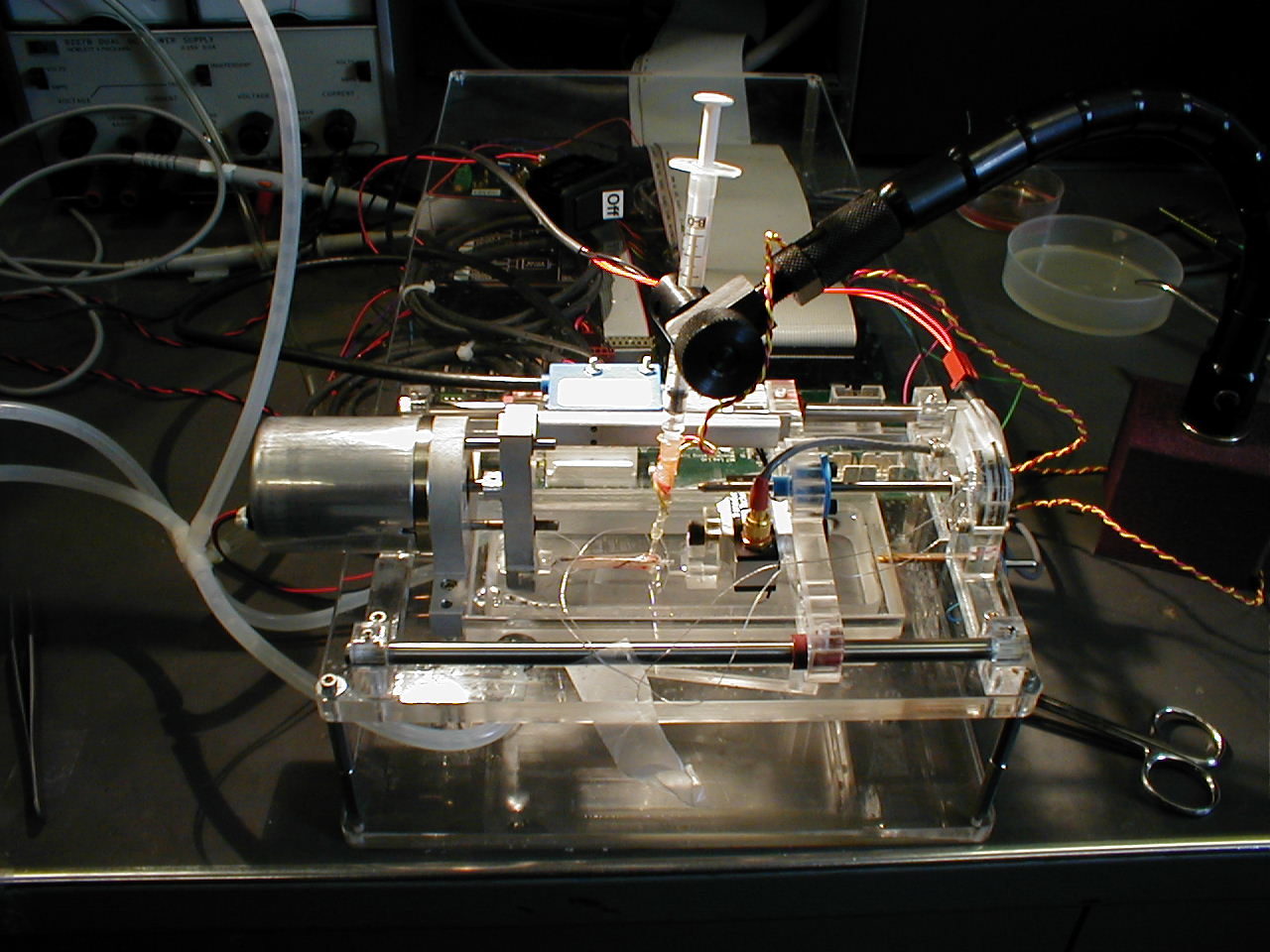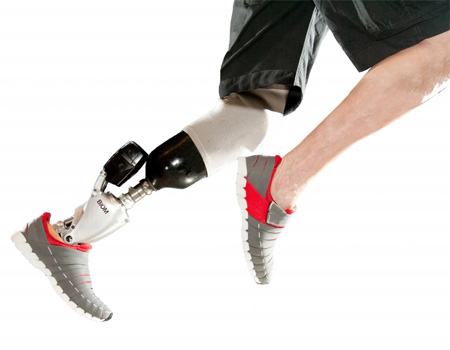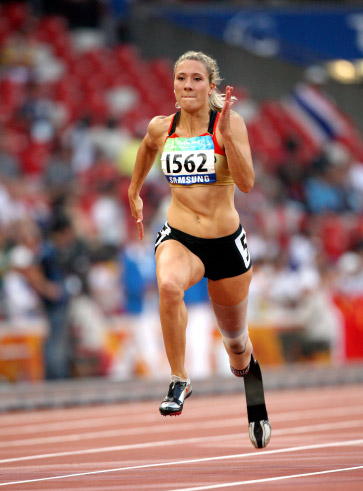Organismal Biomechanics and Control
The Biomechatronics Group uses a data-driven approach to study the mechanics and control of human walking, with the goal of applying the findings to hardware control. Data driven neuromuscular model of walking We have constructed a data-driven neuromuscular model of human walking and are applying...
View
The Biomechatronics Group uses a data-driven approach to study the mechanics and control of human running, with the goal of applying the findings to hardware control. Swing-leg retraction: a simple control model for stable human running In running, the spring-like axial behavior of stance...
View
Investigating the biomechanics of quadrupedal running provides a framework for understanding aspects from control to energetics of running. A model of scale effects in mammalian quadrupedal running Although the effects of body size on mammalian locomotion are well documented, the underlying mechanisms are not...
View
The Biomechatronics Group is studying the effect of electrical stimulation on living muscle force production, with the goal of applying these principles to the use of muscles as actuators for wearable robotics. Optimal Workloop Energetics of Muscle-Actuated Systems: An Impedance Matching View Integrative approaches to...
View
A testing apparatus was developed to investigate the feasibility of muscle actuated robotics. An apparatus for characterization and control of isolated muscle An apparatus for characterization and control of muscle tissue is developed. The system is intended to serve as an experimental platform for...
View
The Biomechatronics Group is studying the clinical effects of powered transtibial prostheses on transtibial amputee gait. Bionic ankle-foot prosthesis normalizes walking gait for persons with leg amputation Over time, leg prostheses have improved in design, but have been incapable of actively adapting to different walking...
View
Studying the effects of prostheses on gait, such as running, allows us to understand how the technologies we develop affect the users. Leg stiffness of sprinters using running-specific prostheses Running-specific prostheses (RSF) are designed to replicate the spring-like nature of biological legs (bioL) during...
View
